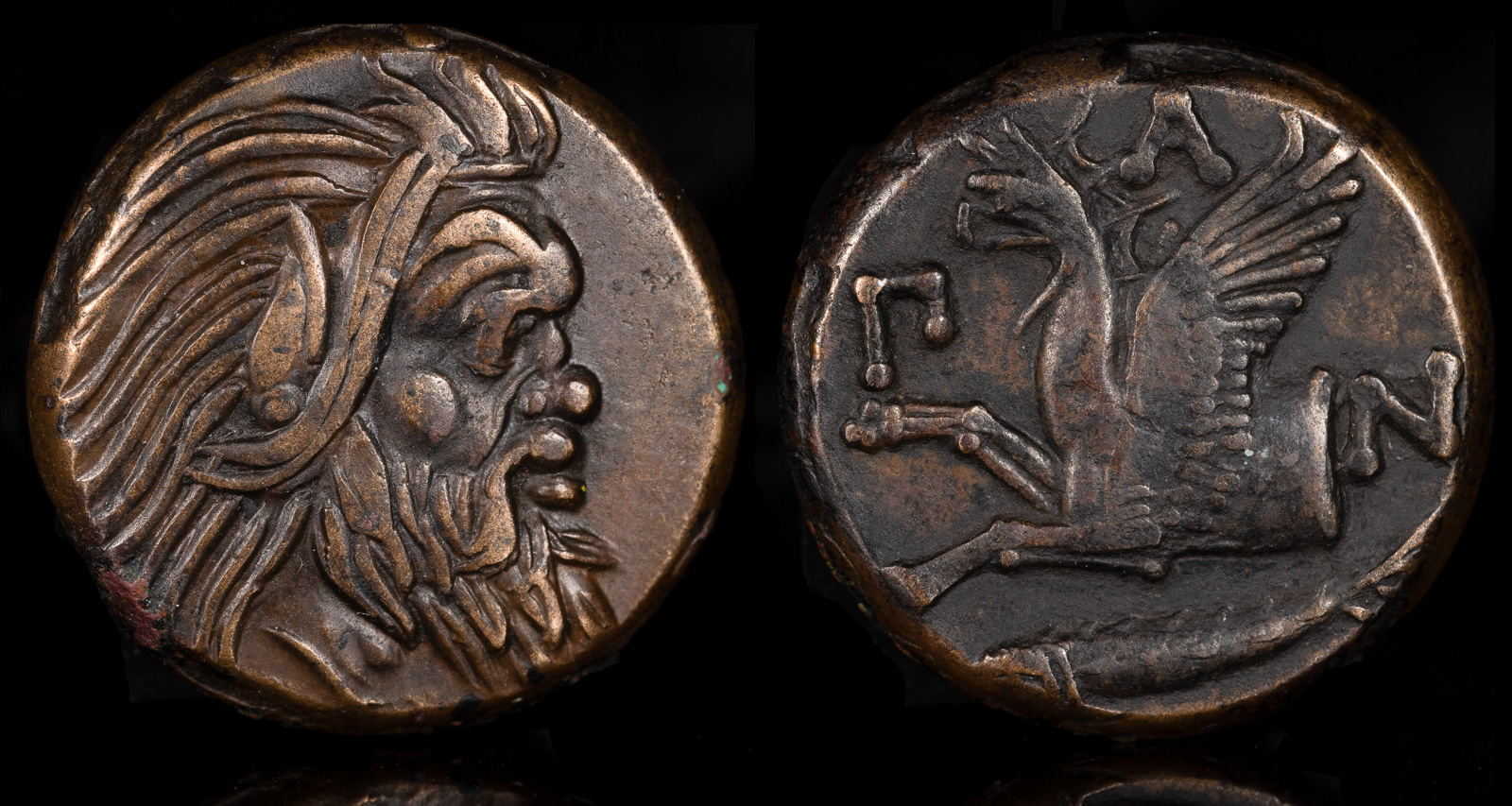Sturgeon
View All Tags
The fish was renowned for its size and the quality of its meat, which made it a symbol of opulence and refinement. Given the rarity of sturgeon in certain regions, it was a prized commodity, and consuming it was often seen as a mark of wealth and privilege. The sturgeon’s inclusion in banquets and feasts, especially in the context of symposia—the social gatherings for drinking, entertainment, and intellectual discourse—furthered its association with indulgence and the luxurious aspects of Greek social life.
In addition to its material associations, the caviar of the sturgeon—its eggs—was another important aspect of the fish’s symbolism. The caviar, seen as a luxurious food item, was a symbol of fertility and abundance, representing the potential for growth and prosperity, as it contained the seeds of future life. This symbolic connection to life’s potential may have also linked the sturgeon to the gods of the sea like Poseidon, who was associated with the bounty of the ocean and the life within it.

Kimmerian Bosporos, Pantikapaion
Æ 7.23g, 20mm, 11h.
Circa 325-310 BCE
Head of bearded Satyr to right / Π-Α-Ν around forepart of griffin to left; sturgeon to left below
MacDonald 69; SNG BM Black Sea 869-71; SNG Stancomb 542; HGC 7, 113